
People are accustomed to associating the word "parasite" with common worms commonly found in the human large intestine. But their localization is so different that patients are unaware of the presence of subcutaneous parasites for several years. Yes, uninvited guests can sit under someone’s skin comfortably, and the size is rarely mentioned microscopic.
Types of parasites and their symptoms
Is your body itchy? Acne pus on the face? Occasional blurring in the eyes? All of these are subcutaneous parasites that move fast in the body and can affect internal organs. Such movements occur independently or with blood flow. The patient may not be aware of such a "phenomenon" for years until some worms are under the epidermal layer and "welcome" him.

To further frighten the reader, it is necessary to give the characteristics of possible types of parasites, whose habitat is located just under the skin.
Filariasis
If you go to a tropical country, be prepared to fight with insects, which through their bites can not only cause problems in the form of itching or pain, but also can infect you with parasites from nematode species - filariasis. The danger of this disease lies in the long incubation period - about 5-7 years. During this time, parasites will multiply in the human body without leaving any signs.
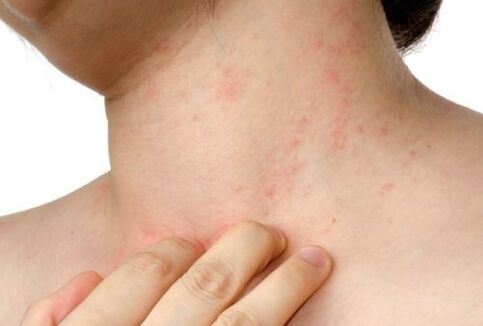
With a large amount of waste products excreted into the body, poisoning gradually begins to develop in a person, which manifests itself, first of all, with a special urticaria on the skin. He only experienced itching in the early stages. In the future, patients will close a number of movable seals, will face loss of vision, will overcome acute fever.
For diagnostics, here the patient is examined by a specialist while contacting the clinic. With the naked eye, you can see the worms crawling under the skin, it can also be seen perfectly when examining the eyes. By clarifying the course of the disease and the events that occurred before it, the specialist diagnoses and prescribes appropriate treatment.

Important!When traveling to hot countries, do not neglect vaccinations, even if they are not required by visa controls or health services.
Dracunculiasis
Helminths of the group shown enter the body through ingested contaminated water. It contains larvae, which are essentially impossible to detect. But the infection itself can be fatal for a person, as the larvae grow up to one meter. A helminth can settle in the stomach or penetrate the lungs, blocking a person’s breathing completely. But this is rare, because in most cases parasites of this type will pick at a person’s lower limbs.
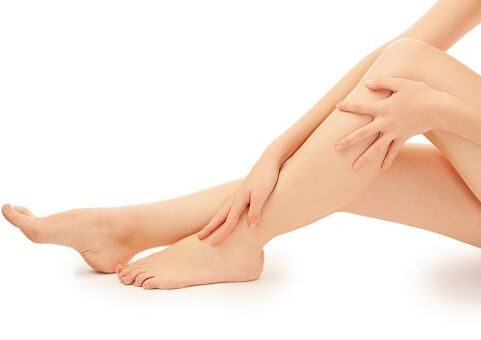
Symptoms include:
- itching in the lower part of the legs;
- the formation of a special roller on the foot or legs;
- various purulent skin lesions;
- strange bubbles, at least 8 cm in diameter, which only burst under the influence of water.
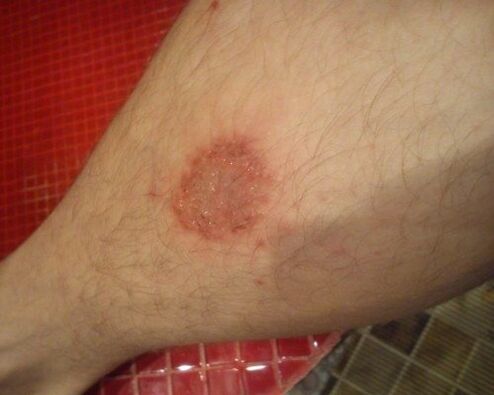
Pay attention to the type of water you drink, as it is easier to protect yourself and loved ones from such infections than to resort to treatment.
Scabies
All unpleasant sores are indicated only by itching, rarely on the skin you can find changes in the shape of spots and redness. This is due to skin mites, the infection only occurs when interacting with other disease carriers or if in contact with clothing items.
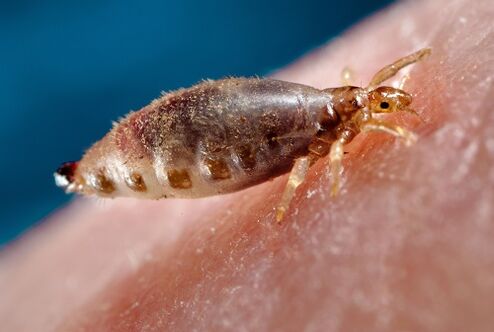
The warts are small in size, they cannot be seen with the naked eye, but their activity in the body is quite extensive. If there is a penetration into the skin, the parasite detects its part in the inner layer of the epidermis - this causes itching. With long parasites, channels begin to appear on the skin, and if the surface is treated with iodine, you can see a special cobweb.
Related signs include:
- bubbles form at the site of scratching;
- hands and articular surfaces are more affected.
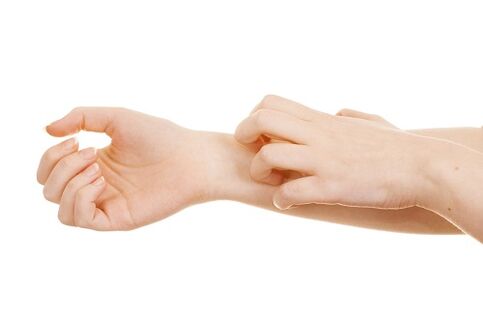
Important!Despite a quick diagnosis through examination by a specialist, treatment can take a long time, so it is better to listen to precautions against infection.
Demodecosis
Of the various types of parasites, it is necessary to mention separately lesions with lice of the genus Demodex. Its spread is localized mainly on the sebaceous glands on the face, which are presented in the form of special pimples. Externally, such breeding looks very unattractive. Eyelash loss is also referred to as lesions and symptoms.
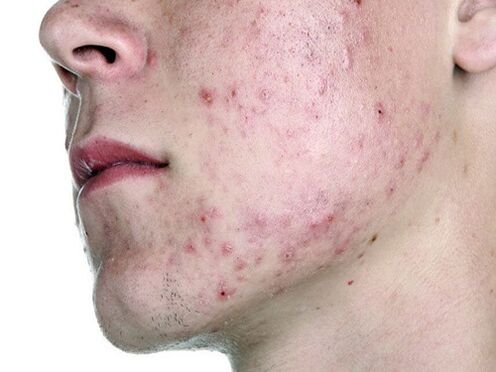
The diagnosis of such a wound takes only a few minutes. The doctor only examines the skin. But its treatment can take years, even if all specialist prescriptions are followed exactly.
Diagnosis of subcutaneous pests
In most cases, the diagnosis of the affected skin is made directly in the office of a specialist, who, after visual examination, is already able to determine the disease. But to identify the exact cause and lesions of internal organs, the patient is given a comprehensive medical examination. First, it is necessary to clarify all the lesions, and secondly, in this way it is possible to find the focus of parasite accumulation (if any) and roughly determine its number.
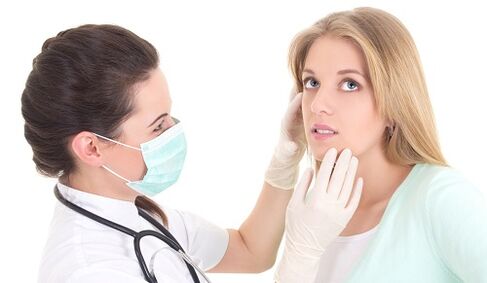
If you find unpleasant symptoms in the form of rashes, itching and other changes, you should contact a specialist such as:
- dermatologist;
- allergist;
- neuropathologist;
- medical psychologist;
- infectious disease specialist.
A thorough examination includes visits to a neurologist and medical psychologist, as itching and rash are often mild psychological disorders. But the visit was only due to a lack of accurate diagnosis, which was not done after an examination by a local doctor.
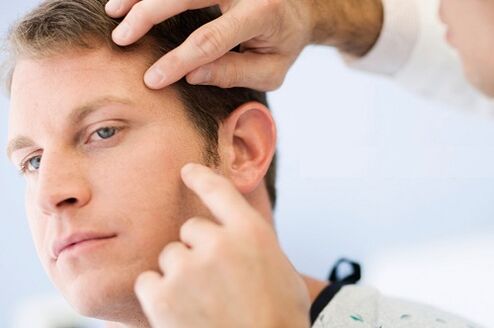
In identifying the type of disease, laboratory diagnostics of the patient are very important, which will accurately indicate the presence of parasites under the skin or in internal organs. Such a survey includes two stages:
- Direct diagnosis of parasites - scraping or staining of the mucous membranes is used to study the changes. The direct method is used if there are obvious manifestations of the presence of parasites: redness of the skin, blisters, purulent acne.
- The second stage involves the study of the blood for the presence of antigen-antibody complexes, which accurately determine the immune response to combat parasites in the human body. As a rule, the elements of parasitic activity that are removed almost completely kill the protective antibodies, as a result of which the weakened immunity is unable to cope with the invasion and activity of uninvited guests.
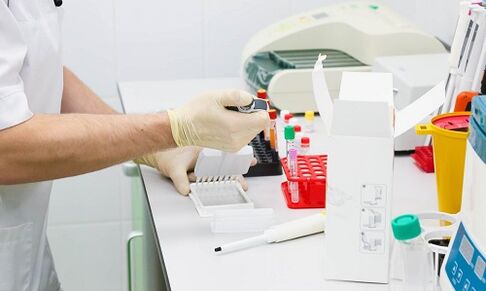
To prescribe treatment, it is necessary to identify the type of parasite that has penetrated the human body accurately. Here, along with scraping the skin or mucous membranes, hair, blood, nails, feces, blister content on the skin and other important biological material are often taken for analysis.
Treatment
It is impossible to tell exactly about the treatment of parasites under the skin. Here, the localization, area and extent of their wounds play an important role.
Only the following techniques can be cited as general information:
- Subcutaneous mites must be removed using medication based on the elimination of all types of parasites in the body. Here, specialists often prescribe acaricidal agents, as well as antihistamines. As an external application, antibiotic ointments and gels, as well as vasoconstrictor drugs, for example, aqueous adrenaline-resorcinol solutions, act as effective drugs. The instructions for use and treatment regimen will be explained by the doctor depending on the extent of the lesion.
- Dracunculosis is subject to surgical intervention. Includes all types of worms that have spread under a person’s skin or have already infested internal organs. The danger of such lesions lies in the spread of parasites in internal organs, which often cause the brain to suffer. That is why patients need to undergo a complete thorough examination to find out the localization of the worm.

The general principle of removing parasites from the body occurs in two ways - conservative methods and surgical intervention. It is not recommended to use alternative methods in the treatment of subcutaneous parasites, as it will take a long time, and the damage to the body can already be serious and lead to consequences to the later life of the patient.
Prophylaxis
Infection with parasites occurs through direct contact with a sick person or an infected area, in the event of consuming low -quality food or water. The main position among the causes of parasitic attacks is given to violations of hygiene rules.
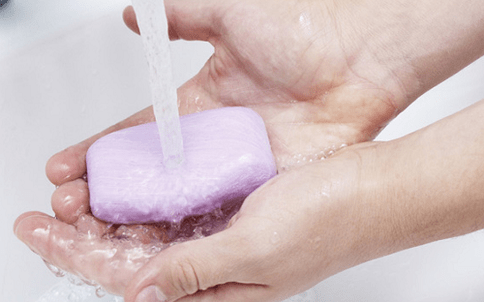
To protect yourself from problems that arise, you should:
- Wash hands before eating food, each time after contact with objects that are in public places, as well as after using money.
- Do not try other people's things, because he can be infected with parasites, larvae that are found on the skin and are easily spread.
- Don't use other people's cosmetics. Lipsticks, mascaras, other people’s soaps and other items can be carriers of the same parasite larvae.
- When eating fruits and vegetables, be sure to wash them and other cleaning procedures from dirt and dust-among which there may be pest larvae.
- If there is a wound or abrasion, it is necessary to treat it immediately to prevent infection.

Take care of your health and undergo mandatory vaccinations in case of a trip to the next tropical country. Do not refuse help and treatment of wounds, bites and other mechanical injuries of the skin. Thus, you can protect yourself from the visits of uninvited guests.



























